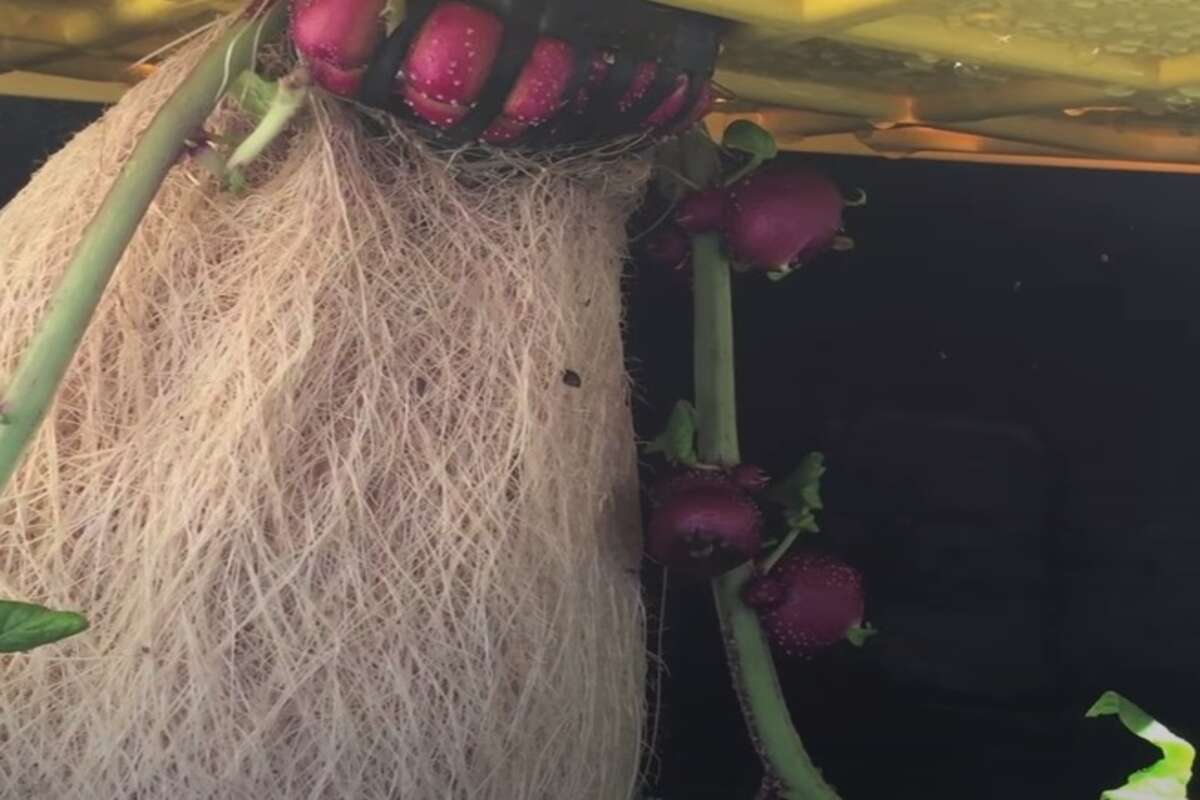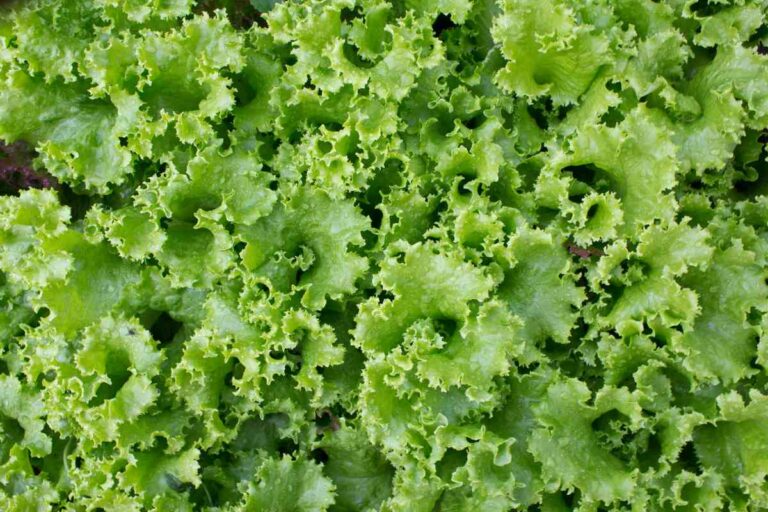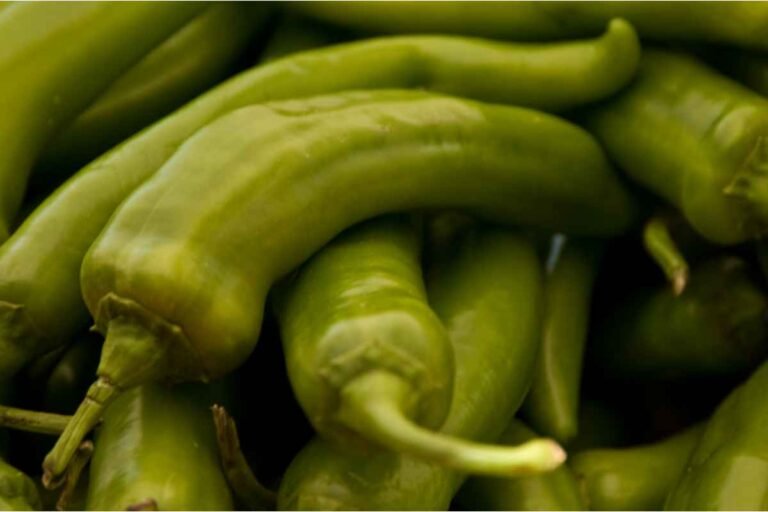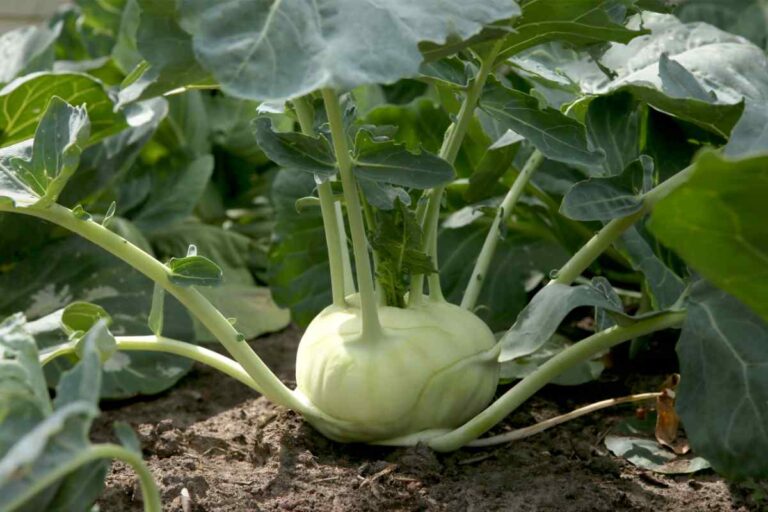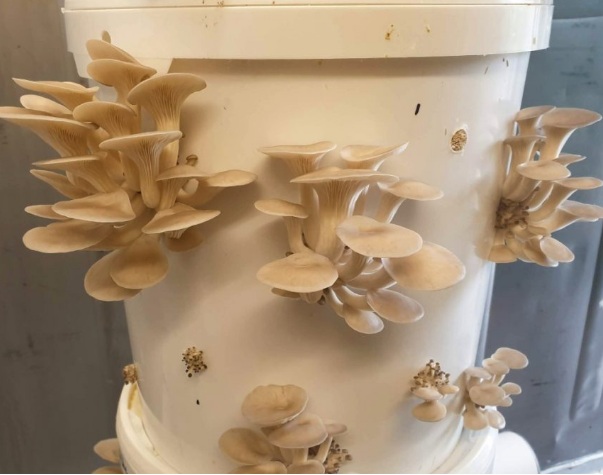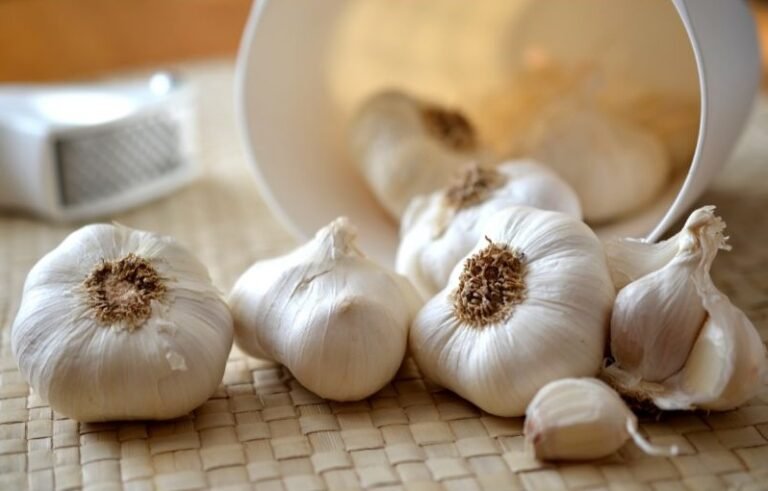The Future of Farming: Growing Potatoes Hydroponically Explained
Hydroponics, the practice of growing plants without soil, has taken the agricultural world by storm. This revolutionary method of cultivation offers a range of benefits that traditional farming can’t match. But how does it work with staple crops, specifically potatoes? This article aims to provide you with a comprehensive guide on growing potatoes hydroponically.
Understanding Hydroponic Potato Growing
Growing potatoes hydroponically involves using nutrient-rich water instead of soil to provide the necessary sustenance for the plants. This is not just an innovative practice; it’s a game-changer for areas where fertile soil is scarce. Hydroponic potatoes, like other hydroponic plants, often grow faster, produce higher yields, and are less susceptible to pests and diseases.
The Pros and Cons of Growing Potatoes Hydroponically
Growing potatoes hydroponically has its share of advantages. First, it allows for year-round cultivation regardless of the weather. Second, it reduces the risk of soil-borne diseases and pests. Third, it offers efficient use of water and nutrients. However, it does require careful monitoring of nutrient levels and pH, and the initial setup cost can be higher than traditional farming.
How to Grow Potatoes Hydroponically
To grow potatoes hydroponically, you start with selecting healthy seed potatoes. These are placed in a hydroponic system filled with nutrient-rich water. The potatoes are then carefully monitored to ensure they receive the right balance of nutrients, light, and temperature for optimum growth.
Constructing the Hydroponic System
Constructing a hydroponic system for growing potatoes might seem like a daunting task, but with the right tools and steps, it can be a rewarding DIY project. Here’s how you can go about it:
Step 1: Choosing the Right System
There are various types of hydroponic systems available, including wick systems, deep water culture (DWC), nutrient film technique (NFT), and aeroponics. For potatoes, a deep water culture system is generally a good choice because it provides the tubers with plenty of space to grow.
Step 2: Gathering Materials
Next, gather your materials. You’ll need a suitable container for your reservoir, an air stone and air pump to oxygenate the water, and net pots to hold your potato plants. Additionally, you’ll need a nutrient solution that’s suitable for potatoes, and pH strips to test and adjust the pH level of your water.
Step 3: Setting Up the System
First, fill the reservoir with water and add the air stone connected to the air pump. This will oxygenate the water, which is crucial for the health of your plants’ roots.
Next, drill holes in the lid of the reservoir to fit your net pots. The size and number of holes will depend on how many potato plants you want to grow. Just ensure there’s enough space for each plant to grow without crowding the others.
Step 4: Preparing the Plants
While you can start potatoes from seeds, it’s more common to use seed potatoes – small potatoes that have ‘eyes’ from which new plants can grow. Cut a seed potato into chunks, ensuring each piece has at least one eye. Allow these pieces to dry for a few days before planting to reduce the risk of rot.
Step 5: Planting and Maintaining
Place each seed potato piece into a net pot, then place the net pots into the holes in your reservoir lid. The water level should be such that it just touches the bottom of the net pots.
Add the nutrient solution to the water following the manufacturer’s instructions, and use your pH strips to ensure the water’s pH is around 5.8 to 6.2, which is ideal for potatoes.
Ensure the air pump is turned on and providing a steady stream of bubbles. This oxygenates the water and helps prevent root rot.
Maintain your system by regularly checking the water level and pH, and adjusting as necessary. Add more nutrient solution every week or so, depending on how quickly your plants are growing.
Step 6: Harvesting and Storing Hydroponic Potatoes
By following above steps, you’ll have a fully functional hydroponic system ready for growing potatoes. With the right care and maintenance, you can look forward to harvesting your hydroponically grown potatoes in a few months’ time.
Harvesting potatoes grown hydroponically is similar to traditional methods. Once the plants’ foliage starts to die back, you can begin harvesting. Store the potatoes in a cool, dark place to extend their shelf life.
Greenhouses in Hydroponic Potato Cultivation
Greenhouses play a significant role in hydroponic potato growing. They provide a controlled environment, making it easier to manage temperature, light, and humidity levels. This can be especially beneficial for growing potatoes in climates that would otherwise be unsuitable.
Alternative Hydroponic Plants: Carrots and Sweet Potatoes
Hydroponics isn’t just for potatoes. Other root vegetables like carrots and sweet potatoes can also thrive in hydroponic setups. Hydroponic sweet potatoes, for instance, are known to produce impressive yields while requiring less space than traditional farming methods.
Aeroponic Potato Growth
Aeroponics is a subset of hydroponics where plants grow in an air or mist environment without the use of soil or an aggregate medium. When it comes to growing aeroponic potatoes, the technique allows for more oxygen to reach the plant roots, which can boost growth and yield.
Indoor Potato Cultivation: A Year-Round Possibility
With hydroponics, you can grow potatoes indoors all year round. Indoor potato cultivation allows you to control environmental factors more effectively, ensuring your potatoes get the right amount of light, temperature, and humidity they need to grow.
Aquaponics and Potatoes: A Sustainable Option
Aquaponics, a system that combines conventional aquaculture with hydroponics, can be used for potato cultivation. In an aquaponic system, fish waste provides a natural nutrient source for the plants, while the plants purify the water for the fish. This creates a sustainable, symbiotic environment for both the fish and potatoes to thrive.
DIY Aeroponic Potatoes: A Home Grower’s Guide
For those who prefer a hands-on approach, growing aeroponic potatoes at home is a viable option. This involves setting up a simple aeroponic system using readily available materials like PVC pipes, a water pump, and a timer. The process can be a fun and rewarding way to grow your own potatoes, not to mention a great conversation starter.
Conclusion: The Future of Hydroponic Potato Farming
Growing potatoes hydroponically presents an exciting prospect for the future of agriculture. It offers numerous benefits, from increased yields to disease control and year-round cultivation. As research and technology continue to advance, it’s likely we’ll see even more growth in this area.
Whether you’re a commercial farmer, a hobbyist, or a consumer, the rise of hydroponic potato farming is a development to watch. It’s more than just a farming trend; it’s a step towards a more sustainable and efficient future for agriculture.
Let’s Have a Quick Overview – Frequently Asked Questions
While we’ve covered a lot of ground in this article, there are always more questions to be answered when it comes to growing potatoes hydroponically. Here are some of the most commonly asked questions and their answers.
Can you grow potatoes in a greenhouse?
Yes, you absolutely can! Greenhouse growing can be an excellent way to control environmental factors such as temperature, humidity, and light. It also provides protection from pests and diseases. When combined with hydroponic methods, you can achieve impressive yields in your greenhouse.
Can potatoes be grown indoors all year round?
With hydroponics, you can grow potatoes indoors all year round. The key is to provide the right conditions. This includes adequate light (which can be supplied by grow lights), the right temperature (around 60-70°F or 15-21°C), and proper nutrition.
Are hydroponic sweet potatoes different from regular sweet potatoes?
Not in terms of the plant itself. The difference lies in the growing method. Hydroponic sweet potatoes are grown in a nutrient-rich water solution rather than soil. This method can result in faster growth and higher yields.
What is an aeroponic potato?
An aeroponic potato is a potato plant that has been grown using aeroponics, a method where plants are grown in an air or mist environment without the use of soil or an aggregate medium. The roots hang in the air and are misted with nutrient-rich water.
How can I grow aeroponic potatoes at home?
Growing aeroponic potatoes at home involves setting up an aeroponic system. This usually includes a growing chamber for the plants, a reservoir for the nutrient solution, a misting system for the roots, and sometimes a light source. The specifics can vary depending on your setup and the resources available to you.
Can you grow potatoes in an aquaponic system?
Yes, you can grow potatoes in an aquaponic system. Aquaponics combines aquaculture (raising fish) with hydroponics. The fish waste provides a natural nutrient source for the potatoes, while the plants purify the water for the fish.

